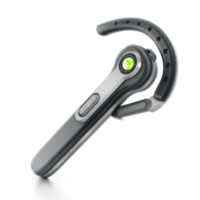Bluetooth systems may not be all as advertised

The draw that many automakers are using to promote their latest offerings has to do with crash avoidance systems (i.e. lane integrity warning systems, proximity warning systems). But new cars are also equipped with the latest in interactive goodies that will help drivers stay in touch with the outside world even when they are driving down the highway at 65 miles per hour.
One of the most popular offerings is a hands free calling system, which allows a driver to sync his or her cell phone to the vehicle’s audio system so that calls may be placed and answered through a push of a button. These systems are ostensibly safer than using a cell phone on its own, supposedly because the driver does not have to take their eyes off the road when dialing a number of answering the phone.
Nevertheless, there are questions about just how much safer hands free systems are; or if they are safe at all. The National Safety Council insists that these systems are no safer than cell phones when used in normal driving conditions. Essentially, the brain can only process so much information. Because of this, it is not really possible for a driver to assess (and process) all of the decisions that must be made while driving a car (e.g. reacting to other vehicles, maintaining safe speeds and distance) while operating a telephone.
Even with this information, it is likely that more people will rely on Bluetooth, hands free systems to stay engaged. This could lead to future accidents on Florida roads if drivers do not use reasonable care.


